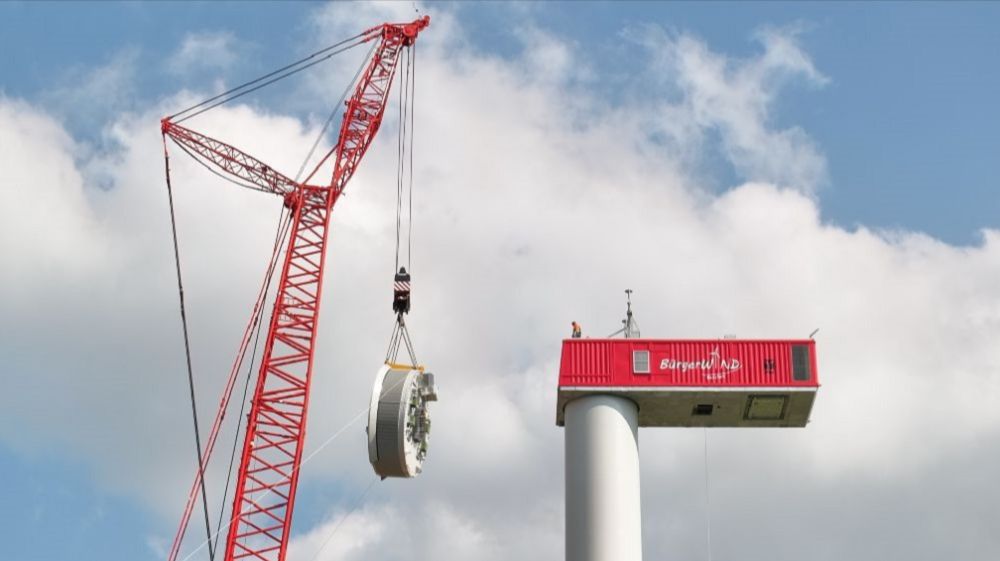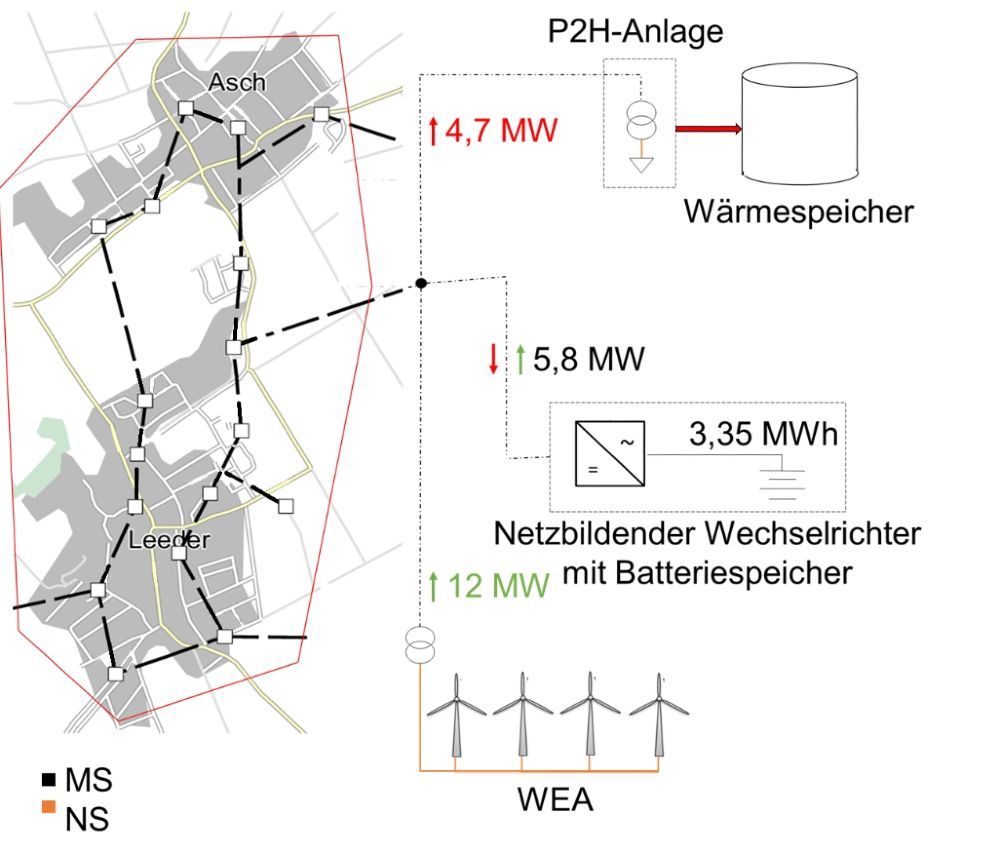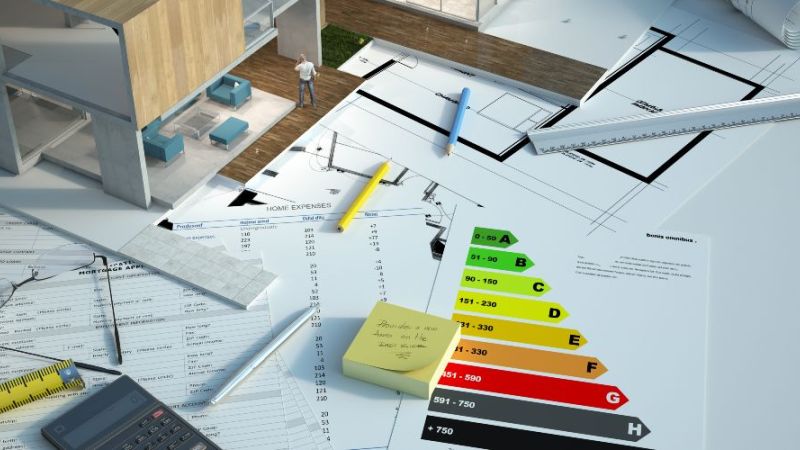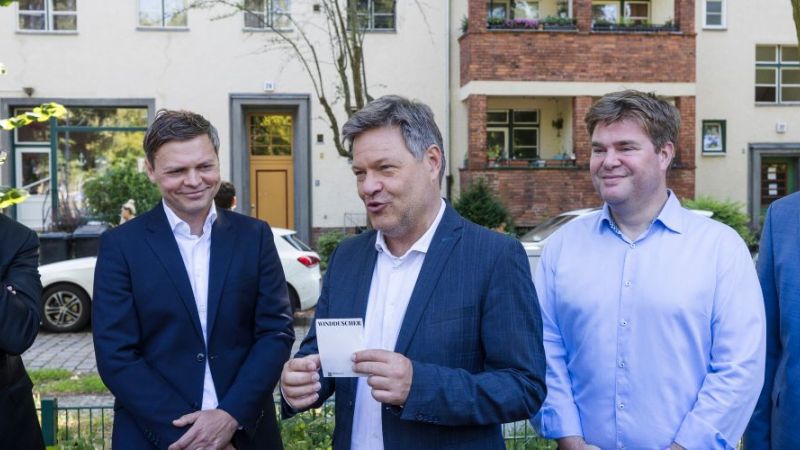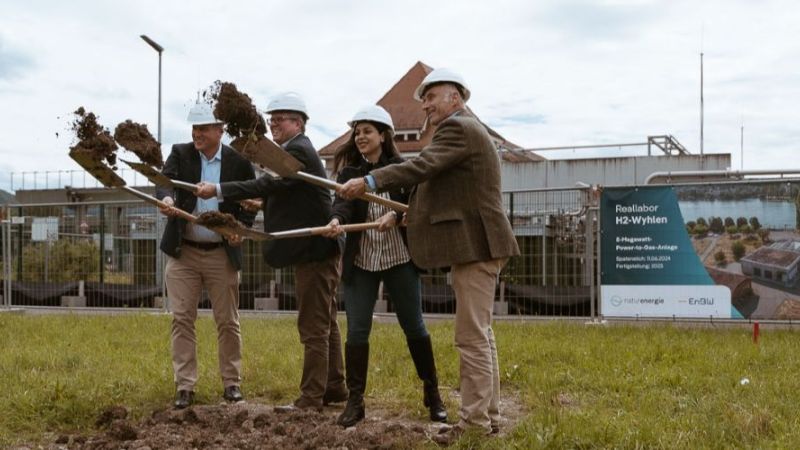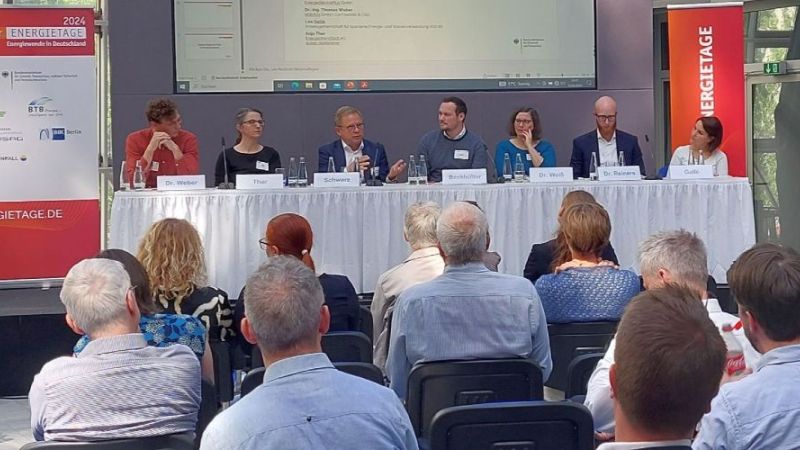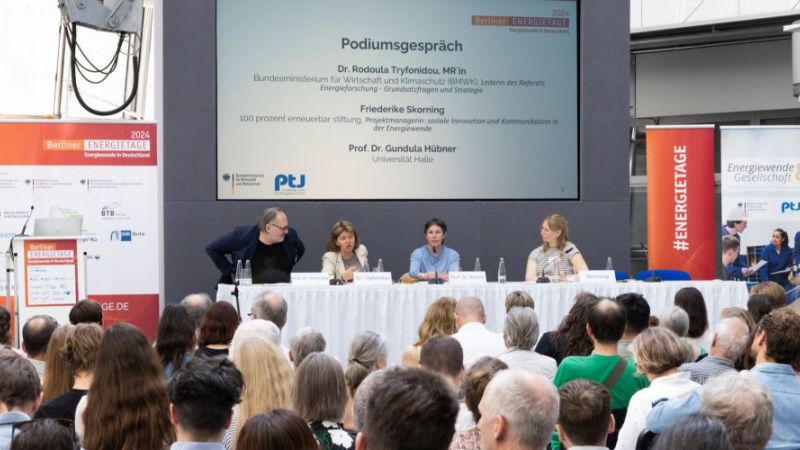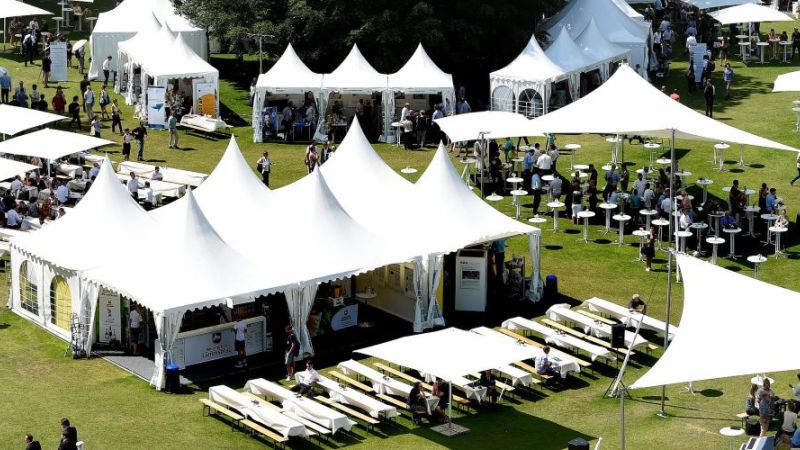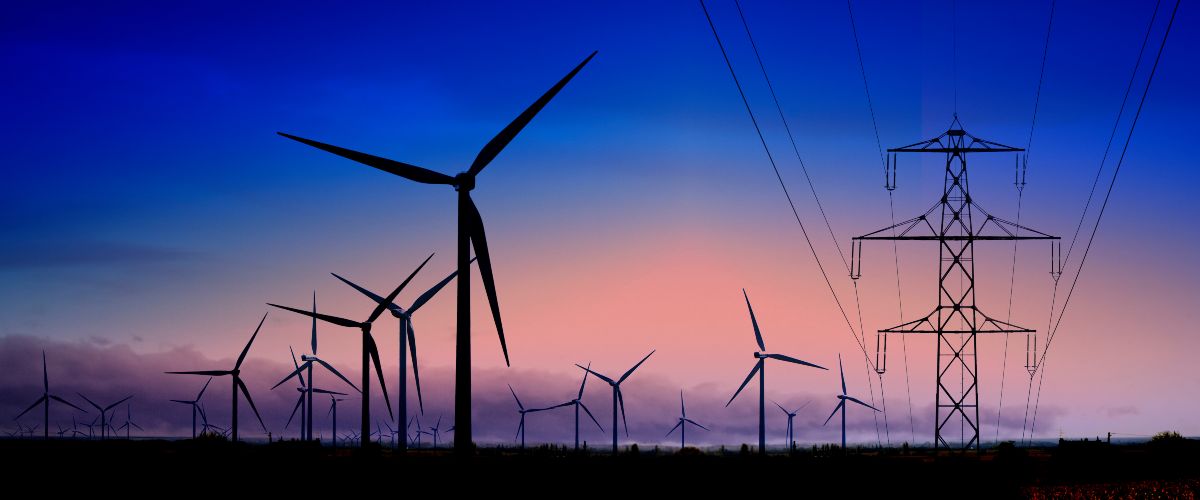 © by-studio – stock.adobe.com
© by-studio – stock.adobe.com
Power supply frequency
Grid-forming inverters as a cornerstone of future power system stability
Around 59 percent of Germany’s electricity is now generated from renewable sources and the share continues to rise. Until now, fossil-fuelled power plants maintained grid stability. In the future, new technologies will need to take over this role, with grid-forming inverters likely playing a key part.
Coal, gas and oil power plants produce alternating current, which is fed directly into the power grid. Synchronous generators in the power plants ensure that voltage and frequency remain stable thanks to their inertia. Direct current generated from renewable energies, on the other hand, must first be converted into alternating current using power converters. The growing integration of power electronic converters driven by the energy transition is fundamentally reshaping the characteristics of the power grid. This is because, in their current design, photovoltaic, wind power and storage systems are grid-following and cannot perform crucial grid-stabilising functions. This increases the control effort required for the grid.
Grid-forming inverters can compensate for these deficits: in addition to converting direct current into alternating current, they can act as a voltage source, thus forming the power grid and ensuring voltage and frequency stability. In conjunction with a constantly available energy source, they can also provide instantaneous reserve power to compensate for sudden changes in grid frequency. They also have black start capability and are able to restart the grid after a failure. Intelligent control algorithms, such as virtual synchronous machines, enable this.
Grid-forming inverters will therefore be essential in the future for secure grid operation independent of fossil-fuelled power plants. However, their adoption is hindered by a classic chicken-and-egg dilemma: manufacturers only develop products when there is demand, but grid operators only define requirements once the technology exists. Without a clear regulatory framework and economic incentives, the market remains sluggish. Consequently, practical experience with large-scale deployment remains limited.
BMWE System Stability Roadmap defines grid-forming inverters as key technology
That is why the System Stability Roadmap of the German Federal Ministry for Economic Affairs and Energy (BMWE) identifies grid-forming power converters as key technology. The roadmap serves as a strategic guide on the path to a stable, sustainable power supply system based on 100 percent renewable energies.
It outlines milestones and processes along the 'Establishment of Grid-Forming Power Converters' pathway to advance the technology to market maturity—both technically and regulatorily—while supporting its system integration. Questions needing clarification include: What technical requirements should apply? How will interoperability between different manufacturers be ensured? What testing and inspection procedures are necessary? How can economic efficiency and market integration be ensured? Which systems will have to have grid-forming properties in the future and from what point onward?
An important milestone that will boost technological development: With the Federal Network Agency's decision in April 2025, grid operators are engaged to launch their first market-based procurements for instantaneous reserves until the beginning of 2026. Fixed prices are planned, meaning that every plant that meets the requirements will be remunerated. This will not only boost market-based procurement, but also accelerate technological development. The technical basis for market-based procurement of instantaneous reserves is the 'Network-forming properties' guideline published in May 2025 by the VDE's Network Technology/Network Operation Forum, which sets out technical requirements and evidence.
Germany must remain competitive on the global market on grid-forming inverters
Countries such as the United Kingdom, Australia and the US are already pushing ahead with large-scale projects involving grid-forming inverters. Both European and non-European solutions are being used, particularly from China and the US. To remain competitive globally, Germany needs to remain a leader in the field and collaborate with other European countries to share expertise. Joint European solutions also strengthen cyber security through technological independence and contribute to security of supply.
Many of the questions that remain unanswered can only be clarified under real conditions: How do inverters behave in an emergency? What standards are required? How are models validated? How does this fit into the existing system? Pilot projects provide answers – but encounter practical hurdles: for example, manufacturers' reluctance to disclose device models or liability issues when testing in the real grid.
BMWE promotes research and pilot projects as part of Mission Electricity Transition 2045
As part of Mission Electricity Transition 2045, within the Federal Ministry for Economic Affairs and Energy's 8th Energy Research Programme, numerous projects are already being funded to support research, development and demonstration. A detailed description of some projects can be found in the blue boxes.
A short-term goal of the mission, closely linked to milestones in the Roadmap for System Stability, is to demonstrate the stable operation of converter-dominated subgrids within five years, by 2028. Cybersecurity and resilience are also to be taken into account. The insights gained can flow directly into standardisation and regulation processes, as well as into new projects, creating a continuous cycle of innovation in the spirit of a learning research programme.
Grid-forming inverters are indispensable for a stable power grid based on renewable energy. Their development, testing and deployment must proceed rapidly to ensure the power supply remains secure, resilient and sustainable — and that Germany continues to lead in this technology. (uj)

